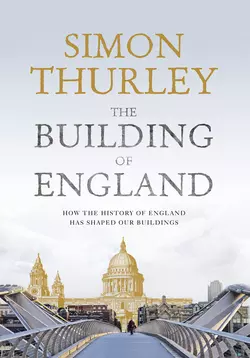The Building of England: How the History of England Has Shaped Our Buildings

Simon Thurley
Тип: электронная книга
Жанр: Архитектура
Язык: на английском языке
Стоимость: 122.57 ₽
Статус: В продаже
Издательство: HarperCollins
Дата публикации: 19.09.2024
Отзывы: Пока нет Добавить отзыв
О книге: Throughout England’s cultural history, its buildings have reflected changing economic circumstances and fashions, and architecture has always been an expression of power and influence. The Building of England takes us on a fascinating journey through the history of English architecture.From the awe-inspiring castles, cathedrals and monasteries built by the Normans, to the steel frame buildings of the Industrial Revolution and the skyscrapers springing up today, Simon Thurley explores how this small island has come to be so distinctly different from its European neighbours, and its huge architectural impact on the globe.The Building of England puts into context the significance of a country’s architectural history and unearths how it is inextricably linked to the cultural past – and present. Saxon, Tudor, Georgian, Regency, even Victorian and Edwardian are all well-recognised architectural styles, displaying the influence of the events that mark each period. Thurley looks at how the architecture of England has evolved over a thousand years, uncovering the beliefs, ideas and aspirations of the people who commissioned them, built them and lived in them. He tells the fascinating story of the development of architecture and the advancements in both structural performance and enhanced aesthetic effect.Richly illustrated with over 500 illustrations, photographs and maps, Simon Thurley uniquely traces the fascinating history and contemplates the future of the buildings that have made the country that is uniquely England.